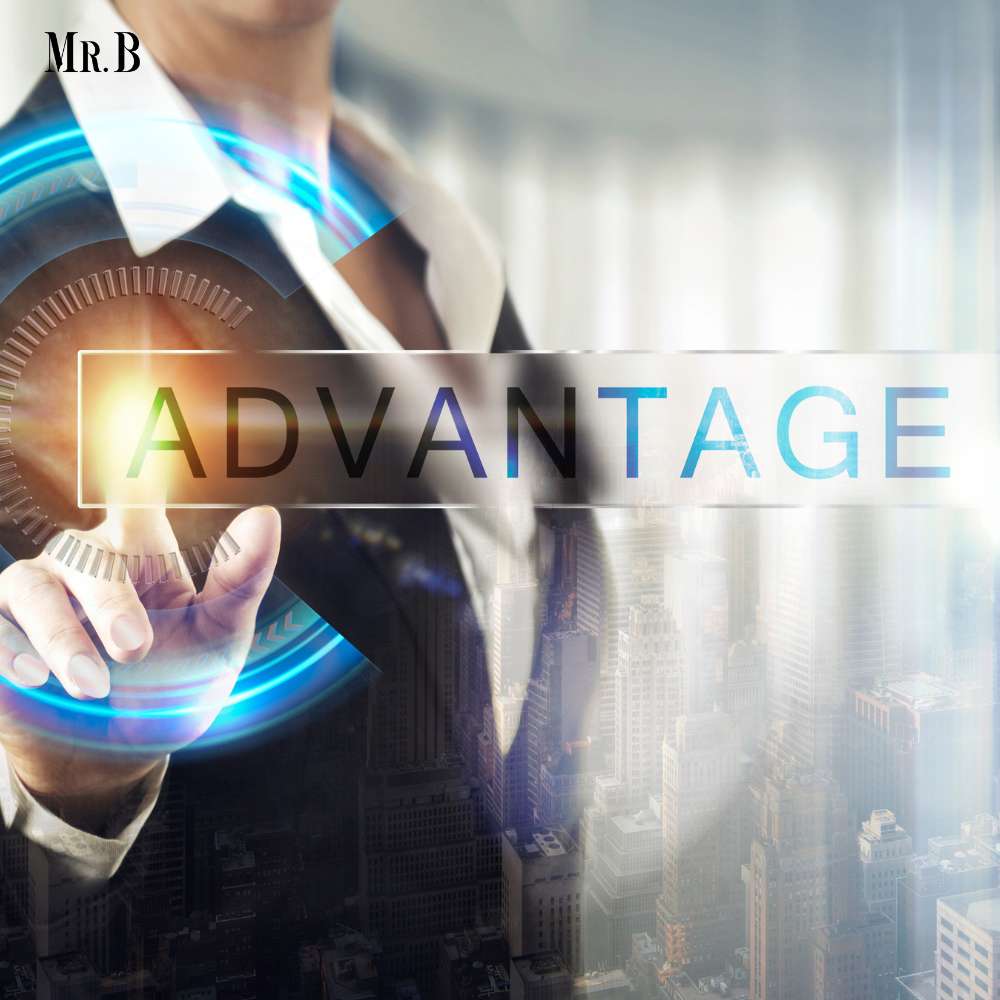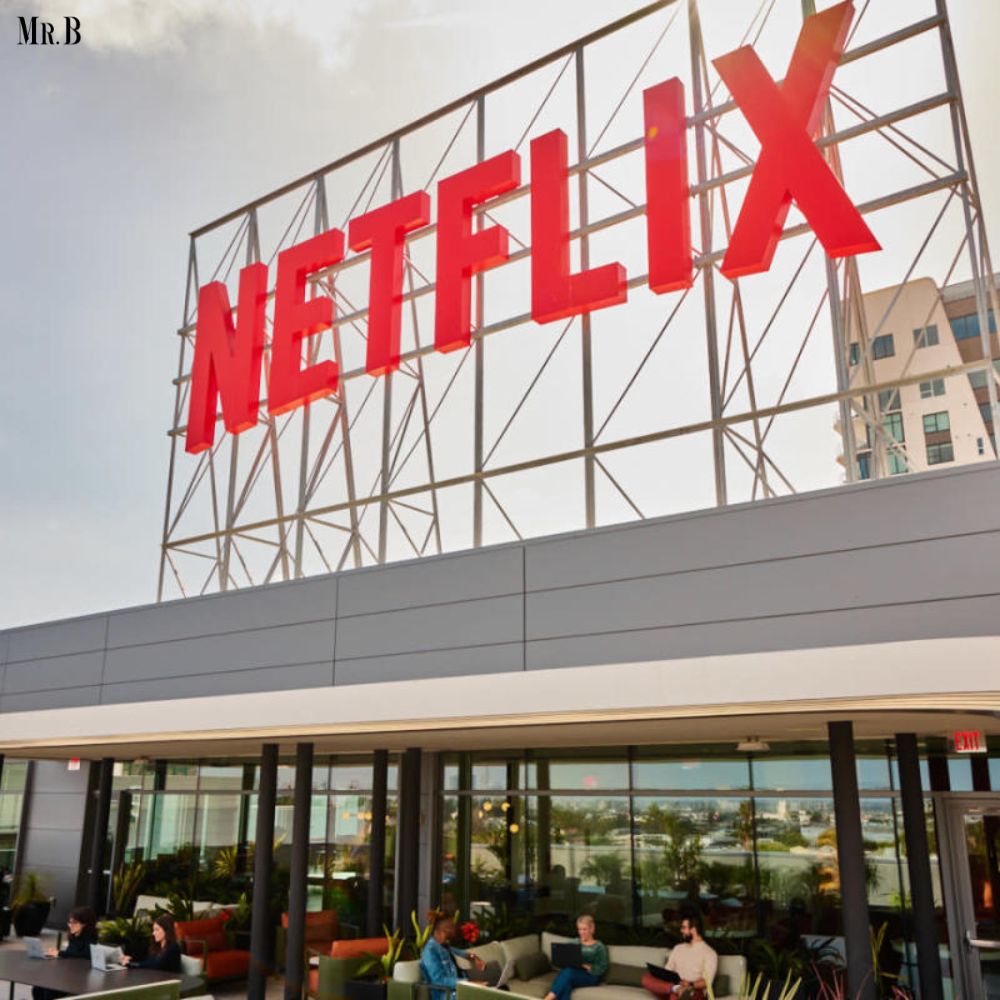Navigating the Dynamics of Short-Run Equilibrium in Economics
- Category: Finance

In the world of economics, the concept of short-run equilibrium stands as a pivotal marker, influencing market dynamics and shaping economic outcomes. In this comprehensive exploration, we delve into the intricacies of short-run equilibrium, understanding its nuances, impact, and frequently asked questions surrounding this crucial economic concept.
Understanding Short-Run Equilibrium
Short-run equilibrium, a cornerstone in economic theory, represents a temporary balance between the quantity demanded and supplied in a market within a relatively brief timeframe. This equilibrium is subject to various influences, including price levels, consumer preferences, and market conditions.
Factors Influencing Short-Run Equilibrium
1. Demand and Supply Dynamics:
Short-run equilibrium hinges on the delicate interplay between demand and supply forces within a specific timeframe. Fluctuations in consumer preferences and market conditions can swiftly alter this equilibrium.
2. Price Levels:
The pricing mechanism acts as a stabilizing force, with market prices adjusting to align with the equilibrium point. Price flexibility plays a vital role in achieving and maintaining the equilibrium.
3. Consumer Behavior:
Rapid shifts in consumer behavior, influenced by factors like income changes or external shocks, can disrupt the delicate balance of the equilibrium.

The Short-Run Equilibrium Model
In the short run, the equilibrium model encapsulates various components, including:
1. Aggregate Demand and Supply:
The equilibrium is determined by the intersection of aggregate demand and supply curves. This intersection point signifies the quantity of goods and services exchanged at a specific price level.
2. Output and Employment Levels:
It reflects the economy’s output and employment levels during this transient period, offering insights into overall economic health.
3. Price Flexibility:
Prices adjust to ensure a balance between demand and supply, showcasing the system’s adaptability to changing market conditions.
4. Market Mechanism:
The invisible hand of the market plays a crucial role in steering an economy towards the equilibrium. Prices act as signals, guiding producers and consumers to adjust their behaviors in response to prevailing conditions.
5. Government Intervention:
In certain cases, government interventions, such as fiscal or monetary policies, may be implemented to stabilize the economy and bring it closer to the equilibrium.

Advantages of Short-Run Equilibrium
1. Flexibility in Market Response:
One of the primary advantages of short-run equilibrium lies in its inherent flexibility. The market, guided by the invisible hand, swiftly responds to changes in consumer preferences, external shocks, or shifts in supply conditions. Prices, a key determinant in this equilibrium, act as signals, prompting adjustments in the behavior of both producers and consumers. This adaptability ensures that the market can effectively navigate fluctuations, preventing prolonged imbalances.
2. Price Adjustments for Efficiency:
It relies on the mechanism of price adjustments to maintain balance. As demand and supply forces fluctuate, prices play a pivotal role in ensuring that the quantity demanded equals the quantity supplied. This price flexibility fosters efficiency within the market, aligning production levels with consumer demand. The ability of prices to adapt facilitates the allocation of resources to their most productive uses, minimizing wastage and enhancing overall economic efficiency.
3. Insights into Consumer Behavior:
The equilibrium model provides valuable insights into consumer behavior within a specific timeframe. Rapid shifts in demand, influenced by factors like income changes or external stimuli, manifest in adjustments to the equilibrium point. Analyzing these changes offers economists and policymakers a clearer understanding of consumer preferences and the factors driving market dynamics. This insight becomes instrumental in formulating strategies to address evolving consumer needs and expectations.
4. Prompt Identification of Market Disequilibrium:
The equilibrium acts as a dynamic benchmark against which market conditions are assessed. Any deviation from this equilibrium signals potential disequilibrium, prompting market participants and policymakers to take corrective actions. Whether it’s excess demand leading to inflationary pressures or excess supply causing deflation, the prompt identification of imbalances enables proactive measures to stabilize the market and prevent prolonged economic disruptions.

5. Policy Adjustments for Economic Stability:
Governments and central banks can leverage the equilibrium to implement targeted policy adjustments. In cases of external shocks or sudden economic shifts, fiscal and monetary policies can be deployed to guide the economy back toward equilibrium. This strategic intervention helps mitigate the impact of economic shocks and ensures a more stable economic trajectory.
FAQs
1. What distinguishes short-run equilibrium from long-run equilibrium?
The equilibrium represents a temporary state, influenced by immediate factors like consumer preferences and market conditions. In contrast, long-run equilibrium is a more sustained state where all economic agents have fully adjusted to market conditions.
2. Can external shocks disrupt the equilibrium?
Yes, external shocks, such as natural disasters, geopolitical events, or sudden changes in technology, can significantly impact the equilibrium by altering consumer behavior, supply chains, and overall market conditions.
3. How does inflation relate to the equilibrium?
Inflationary pressures can influence short-run equilibrium by affecting overall price levels. Central banks often employ monetary policies to mitigate inflationary trends and stabilize the economy.
4. Why is price flexibility crucial in achieving the equilibrium?
Price flexibility allows markets to adjust swiftly to changes in demand and supply. If prices are rigid, the market may struggle to reach equilibrium, leading to imbalances and inefficiencies.
5. Can the equilibrium be sustained indefinitely?
No, the equilibrium is inherently transient. Over time, economic agents and market forces adapt, leading to adjustments that bring the economy towards long-run equilibrium.
Conclusion:
In the intricate dance of economic forces, short-run equilibrium emerges as a vital concept, embodying the adaptability and responsiveness of markets to changing conditions. Understanding its dynamics, factors influencing it, and the mechanisms at play equips us to navigate the complex economic landscape. As we explore the multifaceted aspects of the equilibrium, we gain valuable insights into the ever-evolving world of economic theory and practice.







